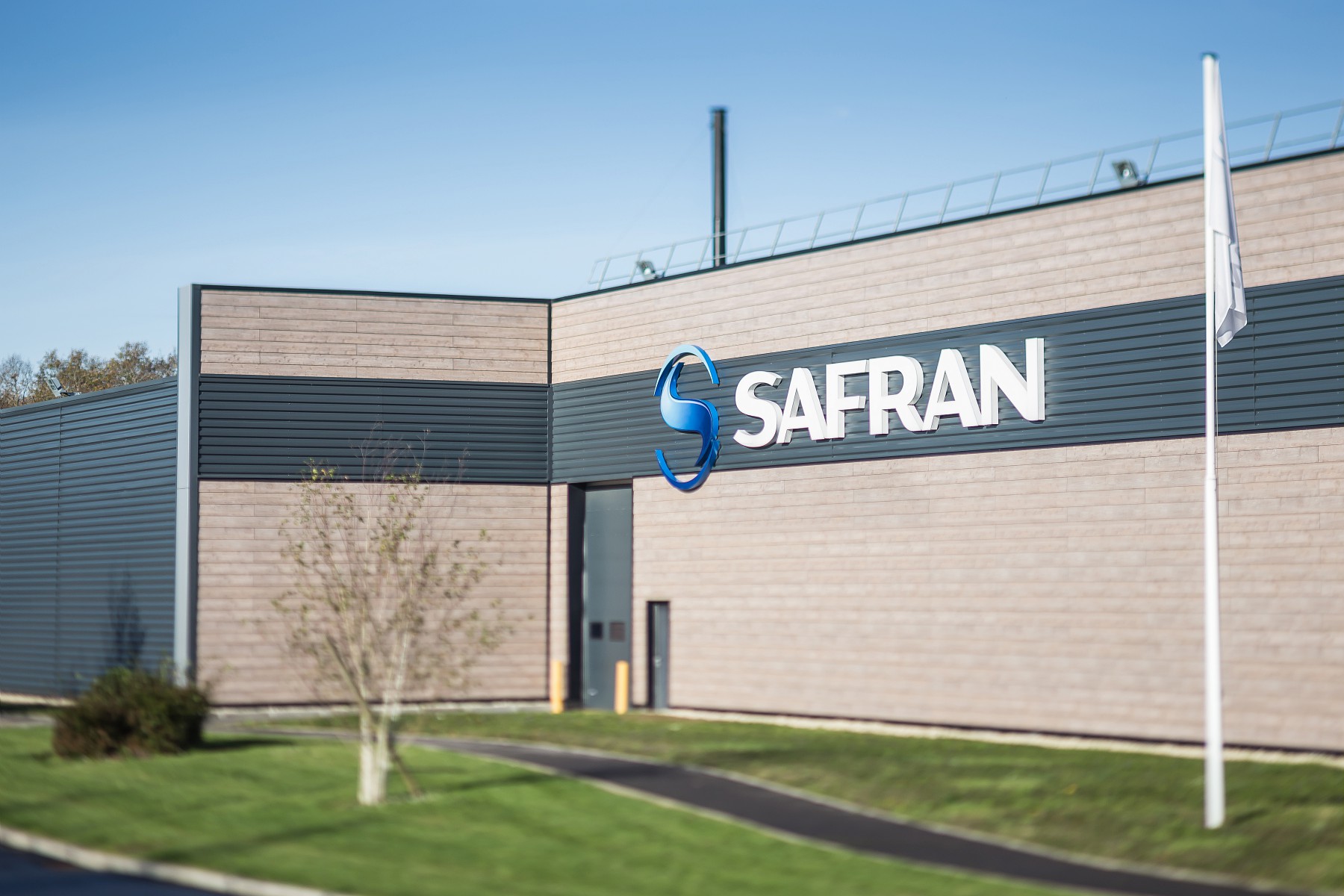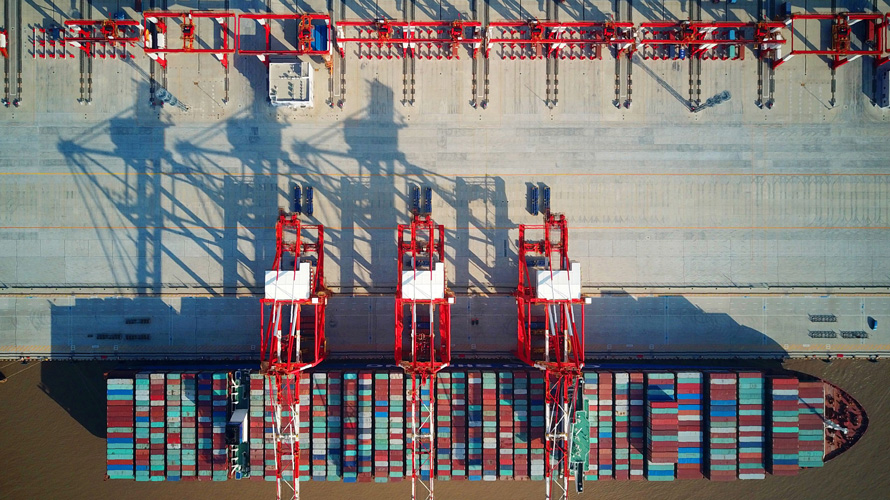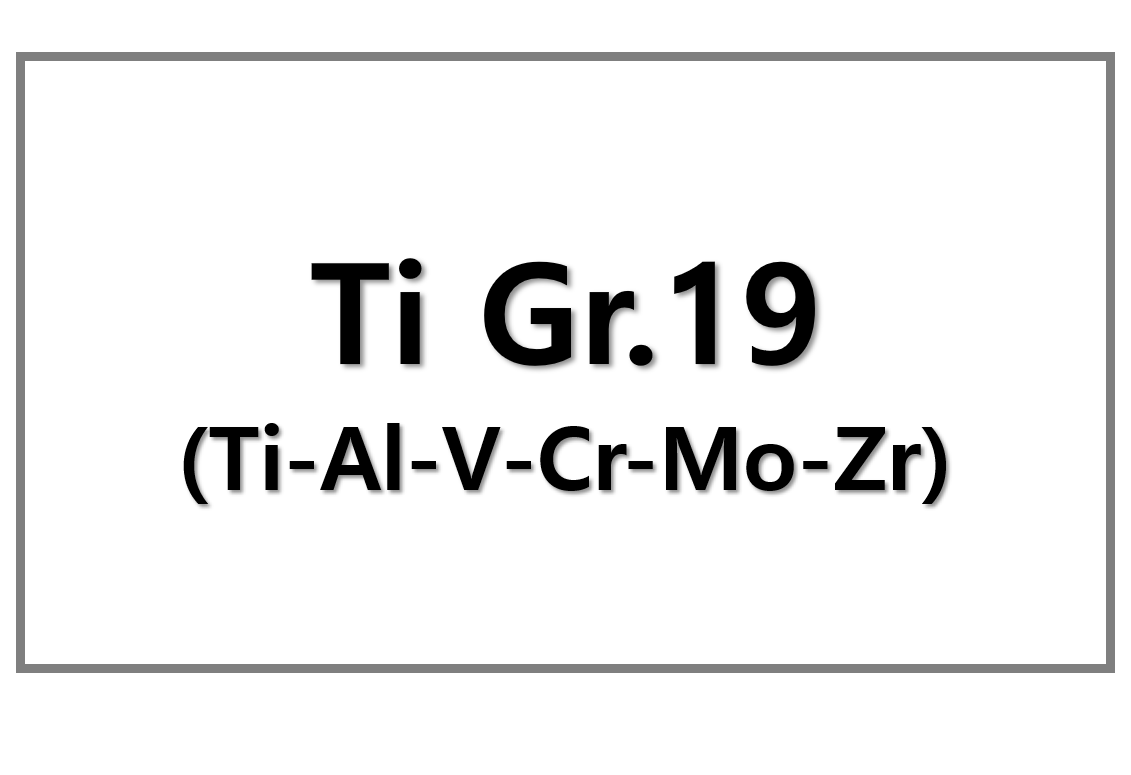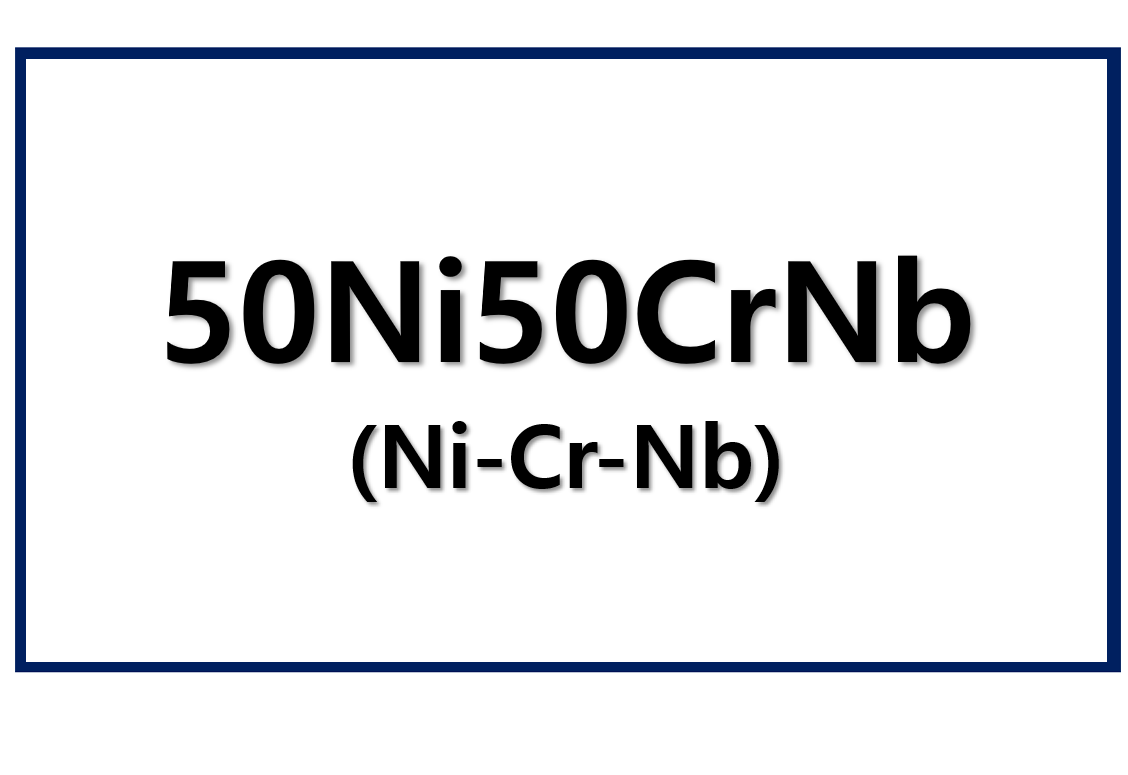
Strong Demand from Airbus and Boeing Drives Safran’s Plans Despite Cross-Border Trade Uncertainty
French aerospace giant Safran is planning to increase Leap engine production in 2025 despite concerns about potential U.S. tariffs. The company faces cross-border trade exposure due to its global supply chain, involving sites in France, Mexico, Canada, and the United States.
Safran partners with GE Aerospace through the CFM International joint venture, which manufactures the Leap engines. CEO Olivier Andriès explained that new tariffs could affect parts of this production chain. For example, the Leap 1A engine is assembled in France using a U.S.-made engine core. Conversely, the Leap 1B, assembled in the U.S., relies on a turbine module from France and a fan module from Mexico.
Leap Engine Output Fell in 2024 but Set to Rise
Safran delivered 1,407 Leap engines in 2024, down from 1,570 in 2023. This decline was due to high-pressure turbine (HPT) blade issues in the 1A variant and reduced Boeing 737 MAX build rates, which impacted the 1B. Despite this, Safran expects to increase deliveries by 15–20% in 2025, targeting between 1,618 and 1,688 engines.
To support this ramp-up, the company is awaiting certification of a new 1A HPT blade. Approval of a new blade design for the 1B engine variant is also expected in 2025. However, both tariffs and supply chain constraints remain the key risks to achieving these delivery goals.
Airbus Programs and Legacy Engines Support Growth
While Leap engine deliveries fell, Safran reported gains in other product lines. Deliveries of A320neo nacelles rose 7% to 622 units. A330neo nacelle deliveries increased 15% to 62. Landing gear sets for the Boeing 787 jumped 37% to 41 units, while A320 sets increased 3% to 601.
Deliveries of the CFM56, CFM’s legacy engine, grew 15% to 60 units. High-thrust engine deliveries rose 3% to 195, but M88 military engines declined slightly by two units to 40.
As Safran scales production, its exposure to international trade tensions, particularly tariffs, may shape operational outcomes. Nonetheless, demand from Airbus and Boeing, paired with production recovery efforts, positions the company for a strong 2025.
SuperMetalPrice continues to monitor pricing impacts from aerospace engine manufacturing trends and trade developments.











Leave a Reply
You must be logged in to post a comment.